Analyzing Cue Ball Deflection: Techniques to Minimize Errors
Cue ball deflection—often referred to as "squirt"—is a fundamental concept in cue sports that affects shot accuracy, especially when applying side spin (English). It occurs when the cue ball deviates from its intended path immediately after contact due to the off-center hit. Understanding deflection, its causes, and the techniques to control or compensate for it can significantly elevate your game, whether you're playing pool, snooker, or carom billiards.
1. What Is Cue Ball Deflection?
Cue ball deflection happens when the cue tip strikes the cue ball off its vertical axis (left or right of center), causing the ball to swerve slightly in the opposite direction of the spin. For example, using right English will push the cue ball slightly to the left at the start of its path. This initial deviation is more pronounced with harder shots, greater tip offset, and lower-quality shafts.
2. Factors That Influence Deflection
Several variables affect the degree of cue ball deflection:
Shaft Construction: Low-deflection shafts are engineered to reduce the sideways movement of the cue ball. They are especially helpful for players who frequently use English.
Tip Placement: The further off-center the cue tip hits, the more deflection occurs.
Cue Speed: Faster strokes result in more squirt.
Cue Angle: An elevated cue (due to bridging over an obstacle) can increase deflection and swerve.
Ball Condition: Chalk, dirt, or moisture on the cue ball or tip can unpredictably affect contact and deflection.
3. Techniques to Minimize Deflection Errors
A. Use a Low-Deflection Shaft
Modern shaft technology helps reduce deflection by controlling how the shaft flexes upon contact. Brands like Predator, OB, and Cuetec offer LD shafts designed to improve spin control with less squirt.
B. Learn and Practice Spin Compensation
Developing the ability to "aim off" slightly to compensate for known deflection is essential. With experience, players develop an instinct for how much a ball will deviate at different power levels and spin intensities.
Tip: Start with straight-line shots using different amounts of English. Note how much each shot deflects and practice adjusting your aim accordingly.
C. Reduce Stroke Power When Possible
Lowering stroke power minimizes the impact of deflection. If the table position allows, use softer shots with more natural positioning instead of forcing spin with speed.
D. Keep Your Tip Closer to Center
Only apply as much English as necessary. Many players use excessive side spin when simpler center-ball hits would suffice. Less spin means less deflection.
4. Training Drills for Deflection Control
The Center Pocket Drill: Shoot shots from various angles into the center pocket using left and right spin. Observe and adjust your aim until you consistently sink balls with side spin.
Ghost Ball Alignment Drill: Visualize the ghost ball (the spot where the cue ball should strike the object ball) and track how deflection affects that alignment when applying English.
Rail Positioning Drill: Use English to control cue ball direction off a cushion while minimizing deflection-induced errors.
5. Mental Adjustment and Shot Planning
Advanced players adapt shot selection to reduce the need for high-spin, high-deflection shots. Instead of forcing a tricky spin-heavy shot, many will choose routes that allow center-ball contact or use natural angles and rails to achieve the same position.
Conclusion
Cue ball deflection is an unavoidable element of cue sports—but one that can be mastered. By understanding the mechanics behind it and applying smart techniques—like shaft upgrades, reduced spin, and consistent compensation—you can minimize errors and execute high-level positional play with confidence. In the long run, controlling deflection not only sharpens your technical skill but also boosts your tactical decision-making at the table.

